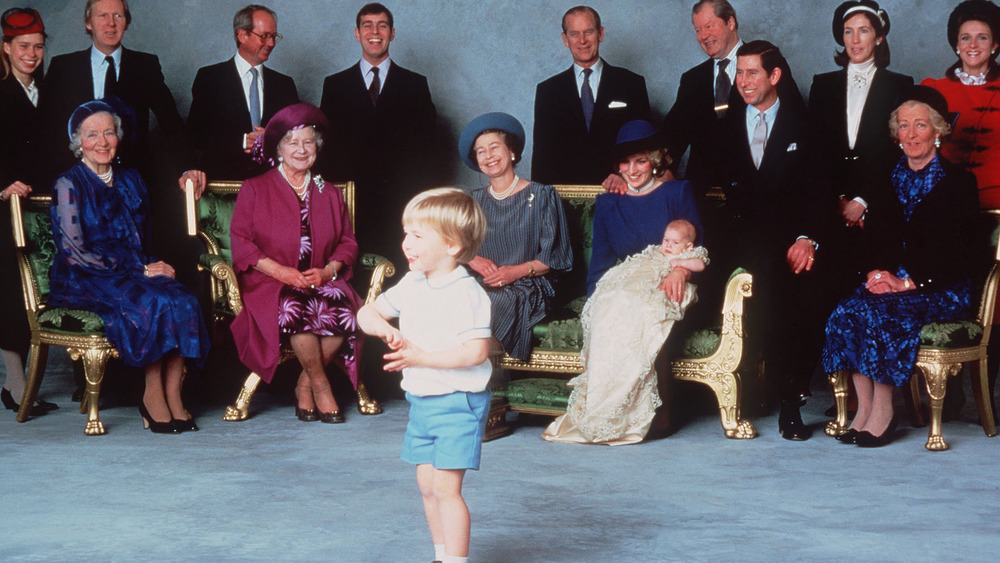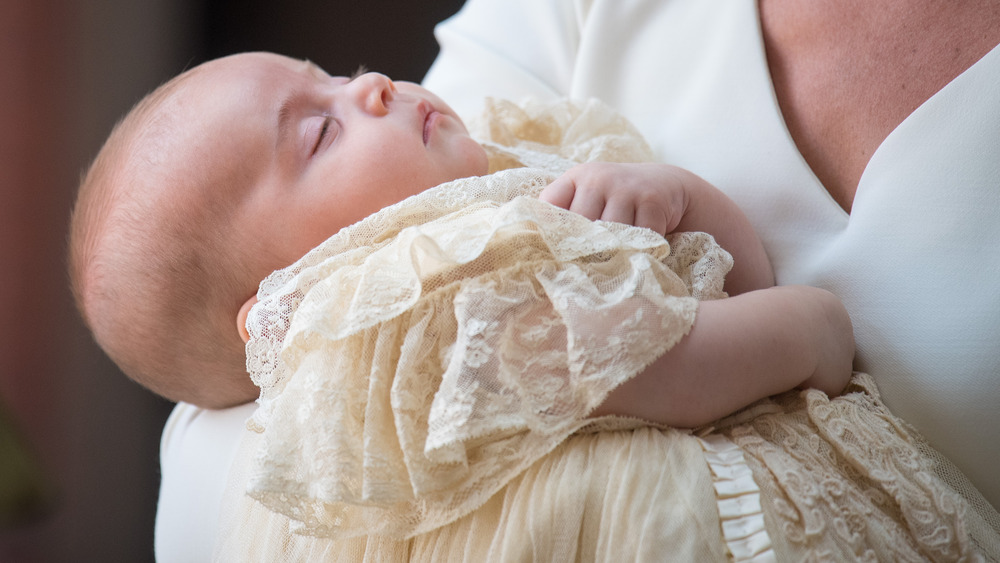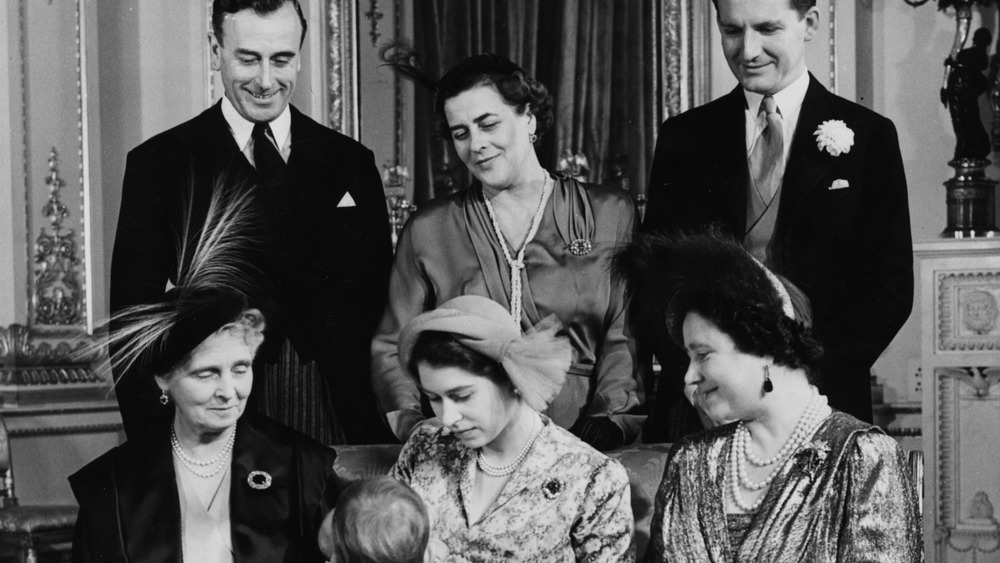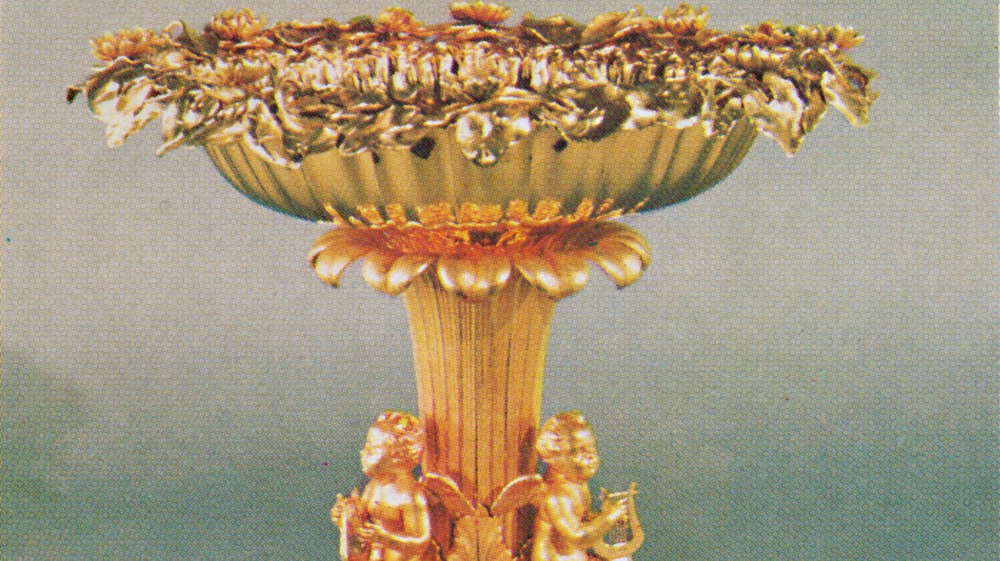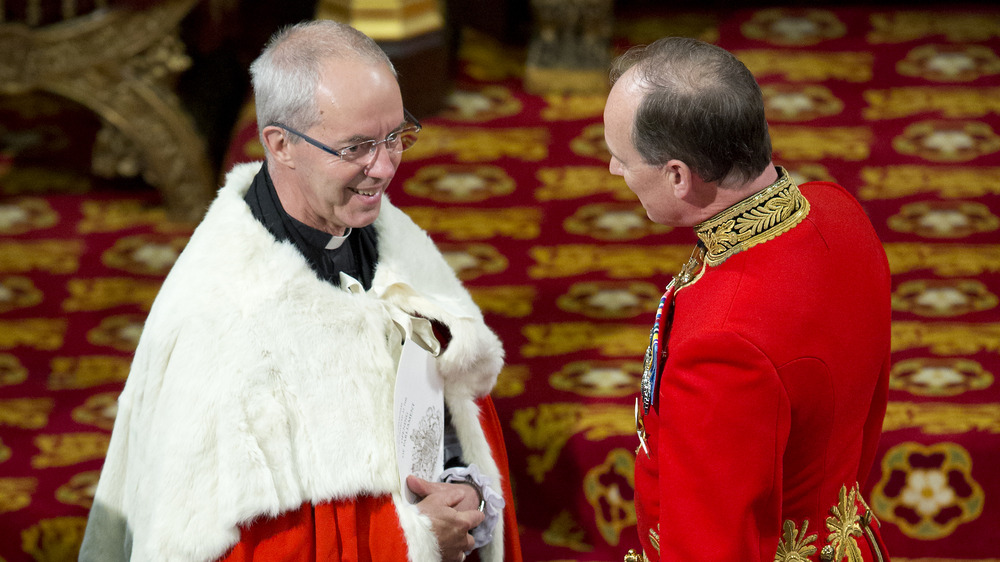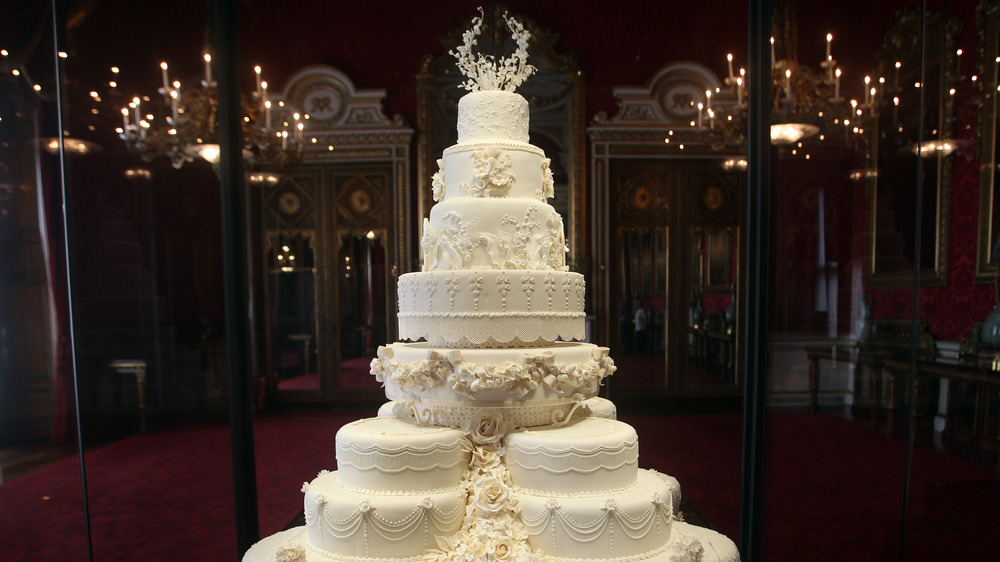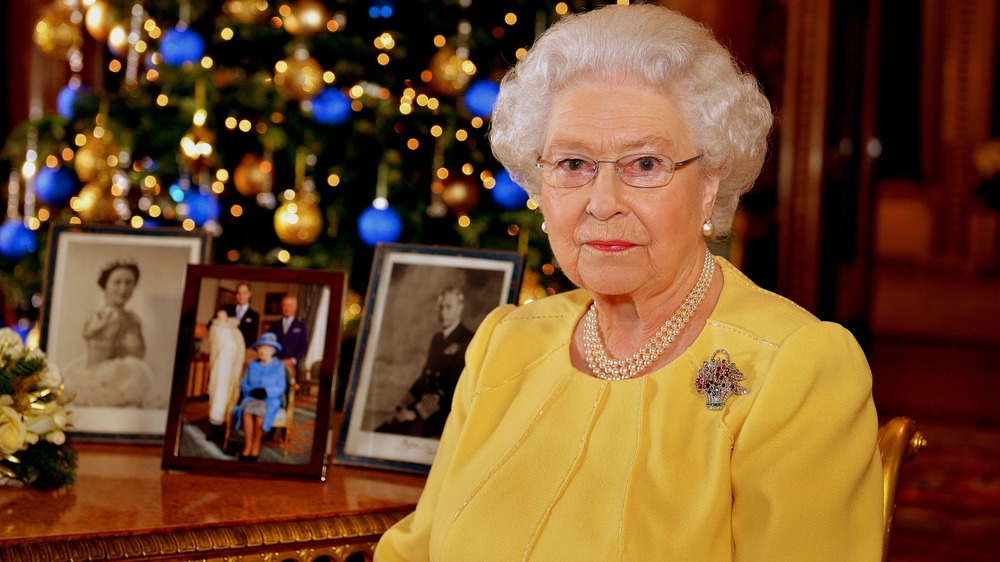The Truth About Royal Baptisms
Royal baptisms are a rite of passage for members of the British royal family. This critical milestone will begin the infant's life as a congregant of the Church of England, of which the Queen is the head. Many of the event's traditions are dated as far back as Queen Victoria's eldest child's baptism and continue to be used almost 181 years later.
These events are full of pomp and circumstance, but in a much quieter and more refined way than royal weddings or Trooping the Colour, both of which are elaborate exhibitions of royal pageantry and outward demonstrations to the public of the glamorous and wealthy life of the Windsors.
What makes the event of a royal baptism different than other religious markers? What is behind this monumental marker that starts a royal child's life within the storied family? You won't believe where some of their most beloved and memorable traditions stem from.
It all began with a gown
The one item which has tied together every royal baptism has been the baptism gown. After the birth of Queen Victoria's first child, she commissioned a handmade dress to be made. A full-length outfit of Honiton lace lined with Spitalfields silk was created by Janet Sutherland (via Unofficial Royalty). She would later receive the title of Embroiderer to the Queen for this creation.
Princess Victoria wore the gown during her baptism, which fell on the same day as her parent's first anniversary, on February 10, 1841. Since that day, each royal child has worn the same gown, a total of 62 descendants from Queen Victoria.
The last infants to wear the original gown were Lady Louise Windsor, the oldest daughter of Prince Edward and Sophie, the Countess of Wessex, in 2004. This means that all the royal family members, including Queen Elizabeth, her children, Princes Charles, Andrew, and Edward, and Princess Anne, Prince William, Prince Harry, Princess Eugenie, and Princess Beatrice, all wore that same delicate gown.
Queen Elizabeth would commission a replica of the original gown, and it is worn at the christening of each new member of the royal family.
There are more than two godparents
Royals tend to have many godparents for their children. While most religions only require one godmother and godfather to stand up for the child along with the parents, the royal family generally picks between five and eight godparents (via Vogue). These are usually a mix of friends, relatives, and members of the royal household.
Royal expert Victoria Arbiter explained that the role of godparent to a royal child is one of high importance (via Hello!). "A godparent is there to provide religious guidance. It's also somebody who is there other than a parent or a family member that a child could turn to." There is also a feeling that they need many confidants apart from their parents because of their role as members of the royal family. It is also a way for the family to keep their inner circle even closer and keep strangers at bay.
A specific baptismal font is used
Another item that is from the days of Queen Victoria is the Lily Font. It was first used in 1840 after the birth of Queen Victoria and Prince Albert's daughter Victoria (via Unofficial Royalty). It has been used for all royal christenings except for Princess Eugenie of York, the daughter of Prince Andrew and Sarah Ferguson.
The design of the font is symbolic. Three cherubs sit on its base above the royal arms of Queen Victoria, Prince Albert, and the Princess Royal. For Victoria's christening, the font was placed on a table. In later years, the font was placed atop a gilded basin. It is considered part of the crown jewels and is kept at the Jewel House at the Tower of London when it is not being used. Other items that have been kept at the Tower of London for over 600 years are crowns, robes, and other items of ceremonial nature (via Historic Royal Palaces).
The Archbishop of Canterbury baptizes the children
The Archbishop of Canterbury, the Anglican community's spiritual leader, typically conducts the christenings of the royal children. However, there have been notable exceptions. The Queen was baptized by the Archbishop of York, at the time a close friend of the Queen Mother.
Tradition dictates that water from the River Jordan, where Jesus was reportedly baptized, be used at all royal christenings.
Prince William was christened with tap water in 1983 due to a Buckingham Palace holy water shortage at the time (via Pop Sugar).
Christenings of the House of Windsor members are intimate affairs, with only the royal family and the godparents in attendance, as well as a photographer and those who work within the castle. These religious events are held in palace chapels, including those located in Windsor Castle, Buckingham Palace, the Music Room at Buckingham Palace, the Chapel Royal in St James's Palace, and St Mary Magdalene Church in Sandringham. Prince Harry's christening was held at St George's Chapel in Windsor Castle (via Unofficial Royalty).
There is always tea and cake afterward
After the religious service, the family gathers for tea and cake to celebrate the event. Traditionally, the child's parents keep their wedding cake's top tier to serve during the celebration.
Prince William and Kate Middleton reserved several tiers of their traditional wedding fruitcake. Thus far, the dessert was served at the baptisms of all three of their children, Princes Louis and George, and Princess Charlotte.
Fiona Cairns designed William and Kate's wedding cake. It was made from 17 individual fruit cakes and had eight tiers. The confection was filled with candied fruits and covered in fondant (via Bustle). This was saved after their 2011 wedding in a deep freeze where it remained fresh. It was not revealed if Prince Harry and his wife Meghan Markle continued the tradition as they did not serve fruitcake at their wedding. Rather they enjoyed a lemon sponge cake during their reception.
A family portrait is mandatory
A family portrait is always taken during a royal baptism. Typically, the image includes the clan's senior members, spouses, and children from both sides of the couple's family.
During the Queen's 2013 Christmas speech, five months after Prince George's birth, she shared how the family gathered together to commemorate the occasion (via Hello!).
"Here at home my own family is a little larger this Christmas. As so many of you will know, the arrival of a baby gives everyone the chance to contemplate the future with renewed happiness and hope. For the new parents, life will never be quite the same again," she said of the newest additions to their clan.
"As with all who are christened, George was baptized into a joyful faith of Christian duty and service. After the christening, we gathered for the traditional photograph. It was a happy occasion, bringing together four generations," the monarch explained.
